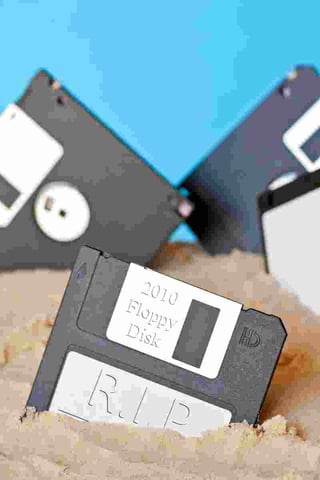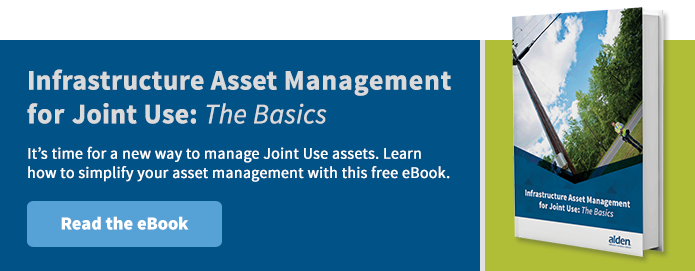Outdated Data: Worse Than No Data?
 The big data revolution has left many utilities and communications companies scrambling to manage backlogs of stored information. Increasingly, some are finding that data-driven decisions based on old data can be worse than making decisions with no data. Thus, it is crucial that organizations develop a system to continuously collect, update and analyze data, in order to maxmize its potential.
The big data revolution has left many utilities and communications companies scrambling to manage backlogs of stored information. Increasingly, some are finding that data-driven decisions based on old data can be worse than making decisions with no data. Thus, it is crucial that organizations develop a system to continuously collect, update and analyze data, in order to maxmize its potential.
Traveling with the Wrong GPS Data
Analytics and the big data movement have not changed the basics of human behavior. People can only make decisions as good as the data they are given. The biggest mistakes in judgment tend to happen when people are overly confident. For example, when consumers began to widely use GPS technology, it was not uncommon to read stories about people who had driven cars over ledges or into buildings because they were following GPS directions. These people had turned over the entire decision-making process to the data-driven GPS, but the data was incorrect.
Businesses make the same mistake when they rely on older field asset data. Obsolete data about the condition of infrastructure assets can result in network equipment not being maintained properly, causing outages and angering customers.
It's easy to see how businesses can make bad decisions when they are overconfident in data too old to be reliable.
IoT Connectivity Will Improve Data Collection
The Internet of Things (IoT) has potential to improve how data-driven decisions are made, especially for electric utility, telecommunications, CATV and broadband industries. Fresh data will constantly flow across the networks these companies control. Still, there will need to be a way to collect and analyze the data in a meaningful way, taking care not to see “patterns” that do not really exist.
Previously, decisions were made with data that was months or years old. How useful would it be to know the exact ways a certain market segment used your products and services in the last 30 days?
The IoT will provide real-time customer insight as well as how the enterprise is running. This type of data will be used to guide companies into the future, allowing for predictive maintenance planning and so much more.
Better Data + Better Analytics = Faster Decision-Making
Companies that pair a constant stream of live data with sharp analytics will be the leaders of their respective industries, as the IoT becomes more widespread. This will require some companies to adjust decision-making processes to adapt to a faster pace of business. In the past, it was common for slow decision-making to affect speed of business; by the time a direction was chosen, the data used to justify it was years old. Companies that cling to a slow decision-making model will quickly find themselves outmaneuvered in a marketplace powered by the IoT. Instead, decisions will be made with the help of analytical software in days, hours or minutes--instead of months or years.
The IoT promises to give companies the most powerful tools that businesses have ever had. People will still be essential to the decision-making process, but unless they learn to master these new tools, their businesses could quickly be left behind.
